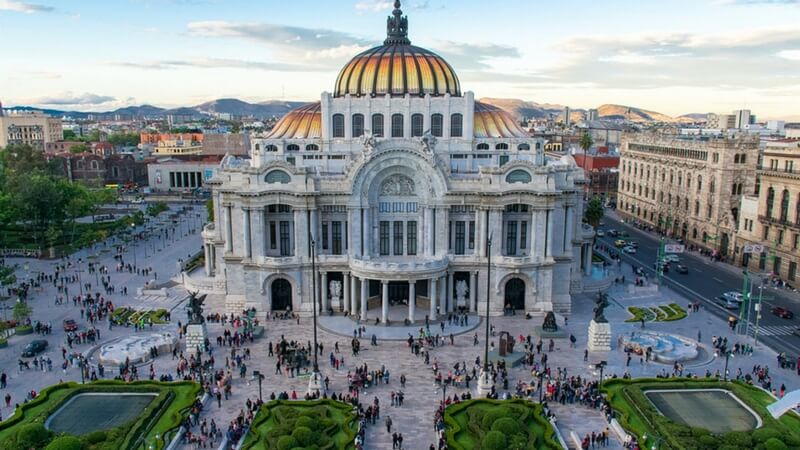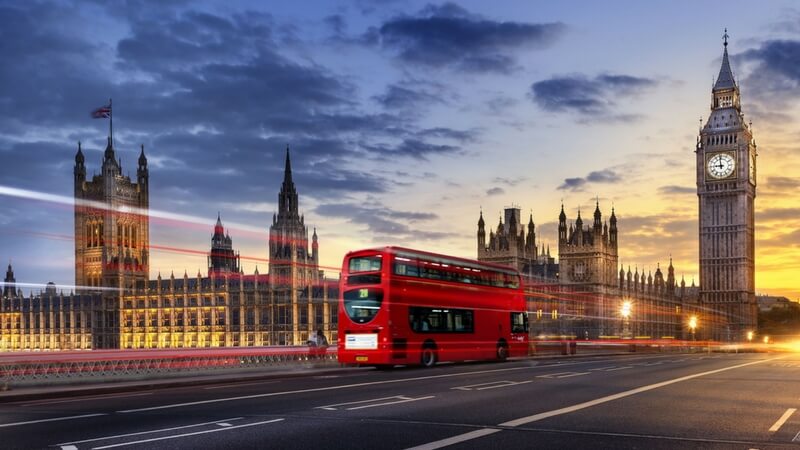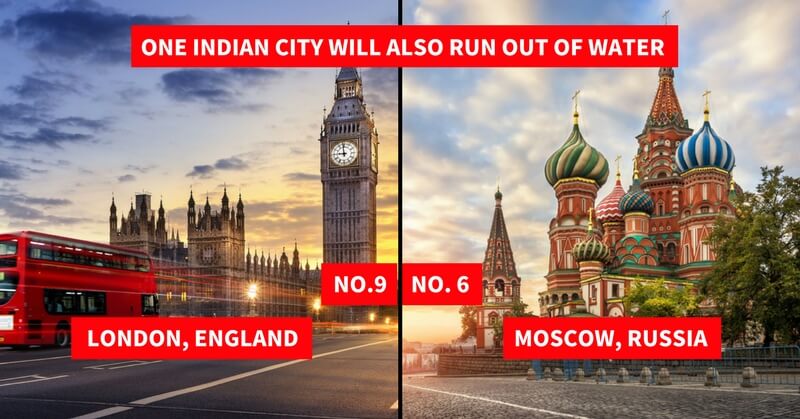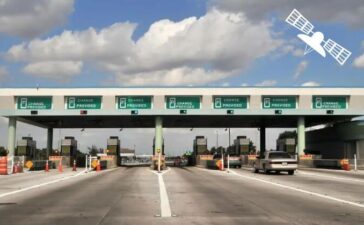6. Moscow

Moscow is the cosmopolitan capital of the world and the home to the Kremlin where the Russian president Vladimir Putin resides, 35% to 60% of total reserves for drinking purpose in Russia do not meet sanitary standards.
7. Istanbul

Istanbul is one of Turkey’s major cities and was ruled by many leaders of different cultures. It is also the most populous cities in Turkey. The city’s reservoir levels declined to less than 30% and rising population is the main reason.
8. Mexico City

Mexico is a high-altitude and densely populated capital city. It brings in numerous tourists to see the history of the Spanish conquistadors in the various museums in the city square. City’s taps run dry and it imports as much as 40% of its water from distant sources.
9. London

London is the highly populated capital of England standing on the River Thames. Also, it has been a major settlement for almost 2000 years now. The city is likely to have supply problems by 2025 and “serious shortages” by 2040.
10. Tokyo

Tokyo is Japan’s most populated capital and is also the most populous metropolitan area in the world.In addition, it is also one of the technology hubs of the world. However, the city is pushing rainwater harvesting and the pipeline infrastructure to save itself from this crisis.
Global demand for freshwater will exceed supply by 40% in 2030. And with climate change, the water crisis will only get even more worst. Hence, it is important that Bangalore and the other cities take precautionary measures to save themselves from this issue. Because scarcity has led to even disputes between various nations. China has stopped the river Bramhaputra to India in support of Pakistan. Read this shocking news now!














